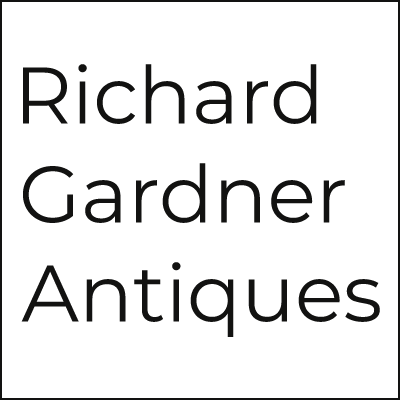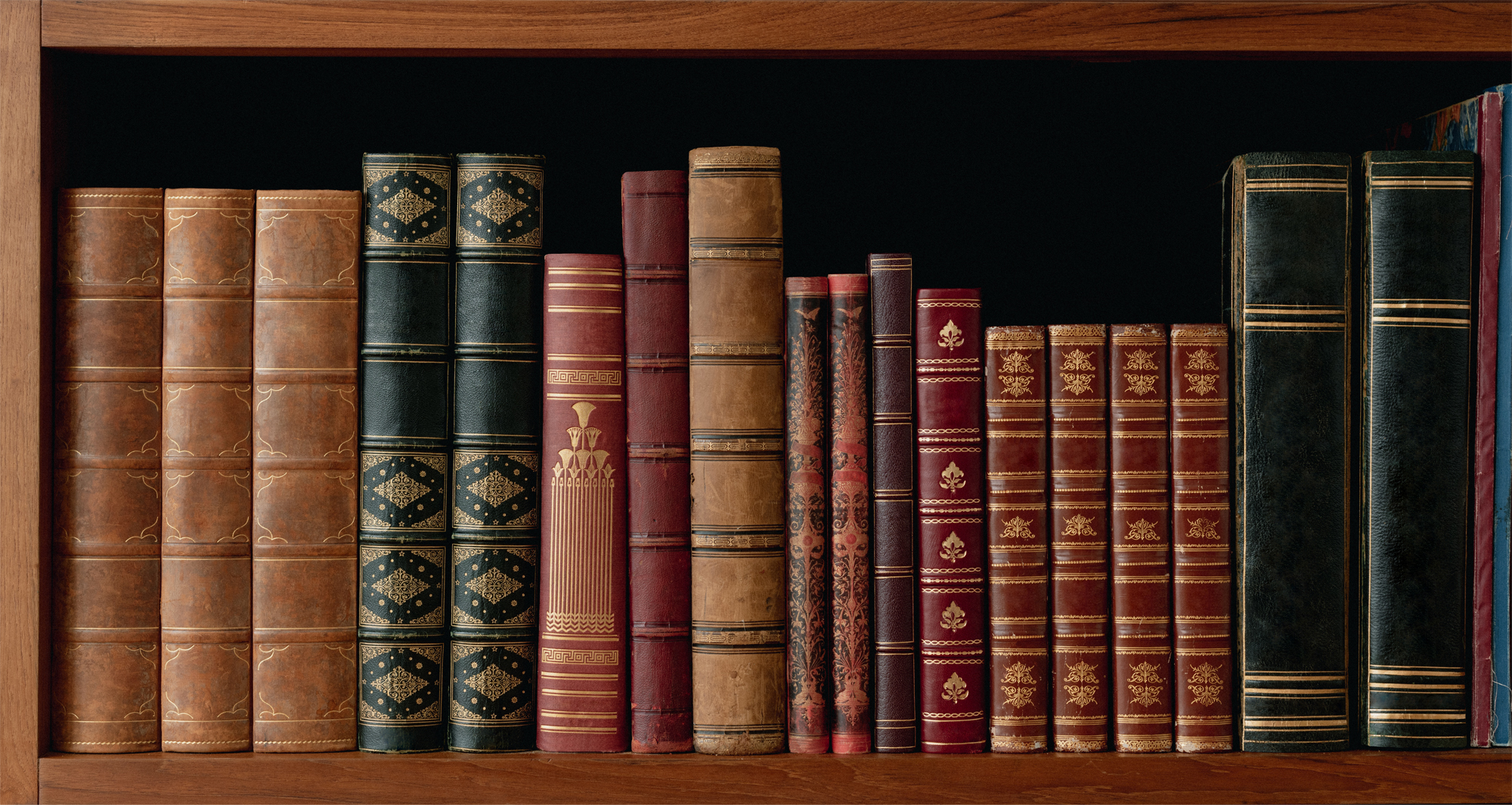E
Eames, Charles (1907-78) US architect and furniture designer, who with his colleague Eero Saarinen explored the potential of new materials such as aluminium, plywood and steel. He later used his techniques gained and developed during the second world war to create furniture chairs, tables, screens and storage units that were fluid, strong and light.
earthernware Clay made products, that when made are only fired to the point which the particles form a single mass, and so do not vitrify into a glassy substance. In order to make it waterproof a glaze is needed.
Eastlake, Charles (1836-1906) Architect and furniture designer associated with the Art Furniture movement
ebeniste A specialised in veneering French Cabinet maker. This technique already known in ancient civilisations and revived in early 17th Century Europe. The word Ebeniste was coined as much of the 17th Century Furniture used an ebony veneer.
ebony A very close textured hardwood which is black in colour. It is unusually resistant to decay. It is brittle and from the 17th Century in Britain was most commonly thinly cut as veneer, and used for banding and inlaid decoration. Fruitwoods were often used to imitate ebony by staining them black. Coromandel is similar in colour and weight but mottled grey or brown or striped with black and yellow. Calamander is a light brown ebony.
eculle French term for a late 17th and 18th Century lidded bowl with two handles made in silver, pewter or ceramics. In English the term most often used is Porringer. Silver versions called equelles.Edinburgh Tapestry Company, A non profit making workshop that was established in 1912. Until 1940, they produced large, commissioned tapestry scenes, after 1946 similar smaller coarser weave panels designed by contemporary artists became more common. Also known as Dovecot Studios or Dovecot Tapestries.
Edis, Robert A furniture designer from the Arts and Crafts movement he was the author of the influential publication ‘The Decoration and Furniture of Town Houses’ in 1881.
eggshell porcelain A very delicate Chinese porcelain from the early 18th Century, later it was produced by Irish Belleek porcelain factory and the Japanese Kutani factories in the late 19th and early 20th Centuries.
Egyptian Blackware A very fine black in colour stoneware, that was produced in Staffordshire from Circa 1710, it could be polished to shine. Wedgewood’s Basaltes ware is a more refined version.
Egyptian taste Interest in Egyptian architecture, symbols and hieroglyphics, initially prompted by Napoleon’s invasion of Egypt in
1797 prompted interest in Egyptian architecture, symbols and hieroglyphics, they were incorporated into the work of Neoclassical designers and architects as decorative motifs. The early 19th Century furniture designs of English designer and Thomas Hope helped introduce Egyptian taste into Britain.
elbow chair See carver.
electric clock A clock that is driven by electricity, first produced in Britain by Alexander bain in the 1840s. The clocks fall into three main categories: free pendulum clocks, in which the pendulum receives an electric impulse to maintain momentum; clocks with automatic rewinding powered by a small electric motor; and synchronous clocks, regulated by the alternating current of mains electricity.
electrogilding See gilding.
electroplating The method of plating metal by an electrolytic process. The best known electroplated articles are those of silver and chromium. The former replaced the sheffield plate process in the mid-19thC. The process was first patented in Sheffield in 1840. nickel silver was soon found to be the most successful base for electroplating; it may be marked EPNS (electroplated nickel silver). Copper and britannia metal (EPBM) were also used. Unlike Sheffield plate, the silver deposited in the electroplating process is free of all impurities, and the end products tend to be a colder, less mellow metallic colour.
electrotyping A refinement of the electroplating process in which silver-plated articles are reproduced from moulds. A mould is used as one of the electrodes in an electroplating vat, and by electrolysis is lined – more thickly than in straightforward electroplating – with the silver. The mould is then freed to leave a hollow shell in the shape of the finished article. Introduced in 1843, electro-typing was expensive but accurate, good for making exact copies of complex metalwork and prompting a mid- 19thC interest in naturalistic decoration on silverware.
Elers, David and John (fl 1686-1700) Dutch brothers trained as silversmiths, who came to Britain c. 1688 and made a significant impact on the development of British ceramics. They worked with John dwight at his Fulham potteries in London (1690-3) and then moved to Staffordshire to set up their own business. The combination of the Dwight influence and the Elers’ own expertise helped to establish Staffordshire’s unique place in history as an important international ceramics centre. The Elers specialised in fine red stoneware decorated with relief patterns in white, which was much imitated by other factories
Elkington Birmingham-based metalworking firm, whose proprietor George Elkington (1801-65) patented the first silver electroplating process in 1840. From then on, the firm concentrated on electroplating and electrotyping, leasing out the patent to other silversmiths, and on producing tableware and presentation pieces by Christopher dresser and other designers.
Ellicot, John (1706-72) Master clock-maker to King George III, who developed a form of compensated pendulum and improved the cylinder escapement. His father and his son, both called John, were also notable clock-makers in their own right.
elm English elm is a hard and flexible wood, light golden-brown in colour and with a coarse, irregular grain. It has a tendency to warp and is prone to worm. The timber was often used in country furniture. The wych elm or Scotch elm is harder than the English variety, with a straighter, finer grain and it takes a good polish
Eltonware Pottery produced from 1881 by English art potter Sir Edmund Elton (1846-1940) at his family home in Somerset. Elton, a follower of the aesthetic movement, was influenced by Far Eastern, South American and European art. Decorative Eltonware vases, jugs and bowls use various coloured slips and lustre, lead, metallic or monochrome glazes.
embossing The means of producing a relief design, on metal or leather for example, by hammering on the reverse side of the material. Objects such as pots and tankards are embossed with a long-handled, dome-headed snarling-iron. On silverware, embossing is used for the basic, large-scale relief shapes in a design, and finer detail is added by REPOUSSE and flat-CHASING techniques
emerald One of the rarest and most valuable precious stones, depending on highly variable quality. Emeralds range in colour from pale to dark green, the most valuable being dark green with brilliance and clarity. Flawless stones are extremely rare.
Empire style Furniture and furnishings style popular in France c. 1804-30 and in the USA c. 1810-30 and beyond.
enamel A smooth, glassy, protective or decorative medium that can be fused onto a metal, glass or ceramic surface by firing. Enamel colours are made out of powdered glass and pigmented metallic oxides such as gold, copper and manganese suspended in an oily medium. This can be painted onto glass or ceramic objects, and during firing, the oily medium burns away and the others fuse together. In enamelware, coloured enamel pastes are applied to a metal body by various techniques and then fired. In basse-taille (low relief) enamelling, a design is carved on the body and the whole area is covered with one or more layers of translucent enamels. In champlevé enamelling, the ground is cut away and the hollows filled with the enamel paste, leaving the raised areas free. In cloisonné enamelling,
encoignure See corner cupboard.
end-of-the-day glass See friggers.
engine-turning Engraved decoration on metal and other materials, of circles, waves or narrow grooves, produced on a lathe.
engobe See slip.
engraving 1 Method of decorating by cutting fine lines or dots into a glass, metal or other hard surface In acid engraving or acid etching, the subject to be decorated is coated with an acid-resistant wax, varnish or gum, and the design incised through this with a fine steel point. Alternatively, areas to remain in relief are coated with the acid-resistant substance, leaving the background exposed. The object is immersed in acid which ‘eats away’ the exposed areas. Depth and texture are achieved by adjusting the time of exposure to the acid. The process was used to decorate late 15thC armour, and from the 16thC, mainly developed as a printing process. See cameo glass. Diamond-point engraving involves using a diamond point to scratch a design on a glass surface. The technique was developed in 16thC Venice, but gradually spread throughout Europe. It is seen mainly on cristallo and flint glass – often for calligraphy Stipple engraving was developed in 17thC Holland. A diamond-pointed tool is tapped against the surface, resulting in dots of varying density. The patterns thus created show great subtleties of light and shade Wheel engraving is believed to date from c. 1500 bc, but the technique flourished in Europe from the 16thC. The surface to be decorated is held over a treadle-operated rotating wheel fitted with an abrasive disc and a pattern is ground into the surface. The method can create shallow surface engraving, or deeper cameo and intaglio effects. 2 A print made from an inked steel or copper plate into which a design has been cut. See also aquatint, mezzotint
ensi Small squarish rugs woven by several of the nomadic Turkoman tribes of central Asia to cover the tent entrance. Many have a cruciform design and are wrongly referred to as hatchli (cross) rugs.
entablature See column.
entrée dish Shallow silver or sheffield plate serving dish with or without a cover, made in Britain from c.1760.
envelope table See card table.
epaulette Military shoulder strap often fringed with gold braid.
EPBM See electroplating.
epergne An elaborate stand, usually of silver or glass, for the centre of the dining table with branching arms supporting removable receptacles, such as fruit or sweetmeat dishes and condiment holders. Epergnes came to Britain from France c. 1715; the name is from the French épargner (to save), the idea being that dinner guests were saved the trouble of passing dishes.
EPNS See electroplating.
equation dial See mean time; quare, daniel.
Erinoid Type of plastic designed to imitate tortoiseshell and used to make fashion accessories such as hair clips in the early 1900s.
Ernes, Rebeccah (fl. 1808-29) London-based silversmith who worked in partnership with her brother-in-law, William Ernes. Following his death in 1808, she formed a partnership with her business manager, Edward Barnard, and went on to produce numerous items including tea and coffee services, epergnes and tankards.
escapement Part of the mechanism in a clock or watch that controls the driving force (either a weight or a spring) and allows it to ‘escape’ at regular intervals. This counteracts the tendencies of both an unchecked weight to accelerate and a spring to weaken on unwinding. See also brocot and remontoire. The verge escapement was introduced with the first mechanical clocks. It was originally used with an oscillating bar or foliot with weights at either end, and after the introduction of portable clocks and watches c. 1520, with a balance wheel. The anchor or recoil escapement, invented c. 1670, operates in association with a pendulum; it replaced the verge escapement in longcase clocks some 15 years after their introduction, but was not used in bracket clocks until c. 1800. The motion of a seconds hand linked to an anchor escapement is characterised by a very slight backward movement (or recoil) after each forward movement. The deadbeat escapement, in use by 1715, was also for pendulum clocks. It evolved from the anchor escapement, but the seconds hand stops dead after each forward motion. The lever escapement, an adaptation of the deadbeat invented in 1754, is used with a balance wheel. From c. 1820 it was used increasingly for watches and carriage clocks. The duplex escapement, also for balance-wheel mechanisms, has either two escape wheels or, more often, a single escape wheel with two sets of teeth. It was perfected c.1750 and used for high-grade watches and carriage clocks 1750-1850. The detent or chronometer escapement is used with a balance wheel, and incorporates a detent, or locking device, of either spring or pivoted form, which alternately locks and unlocks the escape wheel. Developed from the mid- 18thC and widely used in the 19thC, it proved one of the most accurate escapements of all.
escutcheon 1 A term for a carved shield on a pediment. 2 Any protective metal plate on furniture, particularly a keyhole plate. 3 A small metal nameplate on a clock face or a firearm, for example.
estampille Maker’s mark – name, initials or monogram – stamped on French furniture particularly during the second half of the iSthC. The mark was struck with an iron stamp and appears in intaglio.
etching See engraving.
Etruscan style A late 18thC offshoot of neoclassicism introduced by architect-designer Robert Adam, c. 1774. Many of Adam’s designs were ostensibly based on the architecture, art and ornament of the ancient Italian country of Etruria (now Tuscany and Umbria). The use of boldly contrasting black, white and terracotta was typical of his interiors but the colour scheme was in fact taken from Greek pottery.
ewer Large serving jug made of precious or base metals or ceramics. Ewer-and-basin sets were used for hand-washing at the dining table,but less common after the arrival of table forks in the late 16thC
excise marks See capacity marks.
exergue The area sometimes left free below the design on a circular coin, often used for the date, artist’s initials or a small design feature.
Exeter carpets Woollen carpets made in Exeter, Devon, in the mid-18thC using Turkish knot (see carpet knots) . Exeter carpets were among the earliest to be made in Britain, their elaborate designs based on Savonnerie patterns, with Rococo scrolls, floral motifs and foliage. Exposition Internationale des Arts Décoratif s et Industriels Modernes An exhibition held in Paris, 1925, which played a major role in establishing art deco style. It was a French-dominated showcase for all fields of the decorative arts.


